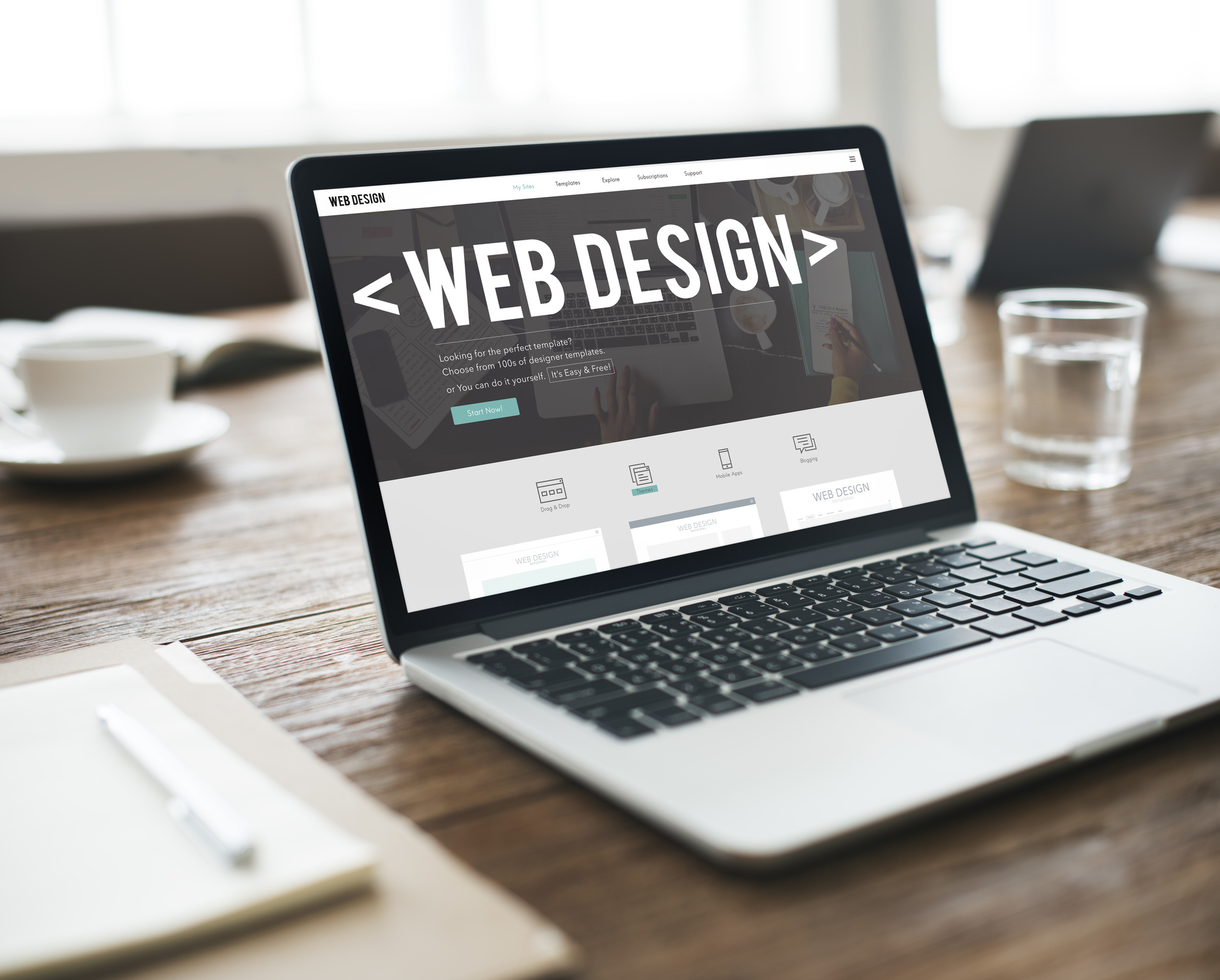Did you know 9 out of 10 shoppers prioritize visual content over other content formats?
This shows no matter how good the information on your flyer is, many readers will ignore it unless it catches their eye.
However, in order to create a visually stunning flyer, you need a good design. There are certain design principles that separate a pro flyer from an amateur one.
Read on to find out the 5 principles of creating professional-looking food flyer design!
1. Balance
One of the most common ways to achieve harmony in design is through the use of symmetrical balance. You know you’ve accomplished this if both sides of your design look almost identical.
However, if you don’t want the two sides to look like mirror images, aim for asymmetrical balance instead. You can include one large element on one side and several smaller elements on the other side to balance it out.
Put the rule of thirds to good use as well. Divide your design into three rows and columns. Once you have 9 rectangles, try incorporating focal points where the lines intersect.
2. White Space
Filling all empty space with content seems like a good idea. But it actually leads to a cluttered design. The proper use of white space improves the reader’s experience.
If you don’t know how to incorporate white space in your design, start by scaling down objects. By surrounding focal points with whitespace, you can bring more attention to them.
You can also use whitespace to separate pieces of information. This helps keep your flyer organized.
3. Typographic Hierarchy
The font is an often-overlooked element of food flyer design. Though you want the font to match the tone of your design, readability comes first.
Using typographic hierarchy is the best way to improve readability. With 2-3 different levels of fonts and sizes, you can highlight important messages more easily. If you’re advertising veggie superfoods, for example, you want to make sure those words stand out from the rest.
Use the level one font for the most critical information in your flyer. This will be the biggest and most bold font. The level two font helps readers navigate through the flyer, and level 3 is for the body text.
4. Complementary Design
Every element of your design should complement the rest.
If you use multiple images, make sure they have similar photo effects. Otherwise, the flyer may end up looking like a collage rather than a cohesive design.
Also, make sure the font goes well with the rest of the flyer. Add your text only after you finish your background.
5. Contrast
In order to make certain design elements more meaningful, consider adjusting your contrast.
Lively, vibrant colors increase contrast and bring attention to specific parts of your flyer. They also help you catch people’s attention. That said, if you want to maintain a complementary design, you should use these elements sparingly.
You can also hide certain design elements by lowering the contrast. This is excellent for shifting focus elsewhere.
Finalizing Your Food Flyer Design
When designing a food flyer, always answer any questions readers may have. Start with the basics: who, what, when, where, and why.
Also, avoid using too many fonts, or fonts that could distract readers. Make sure readers can notice important details of your flyer from afar as well.
If you need additional help with your flyer, feel free to check out our other graphic design tricks and tips!







